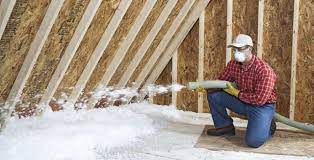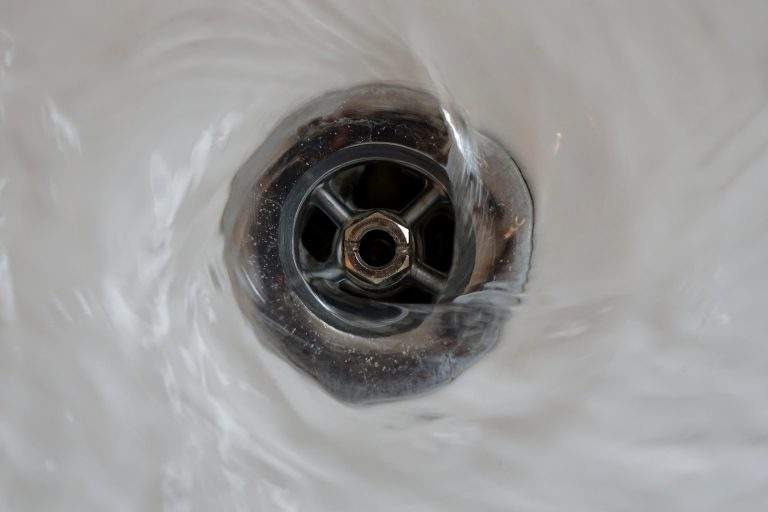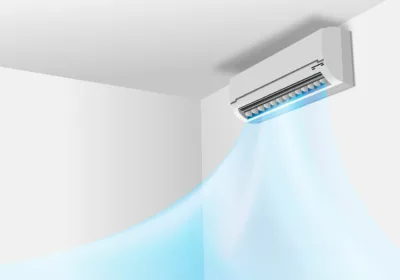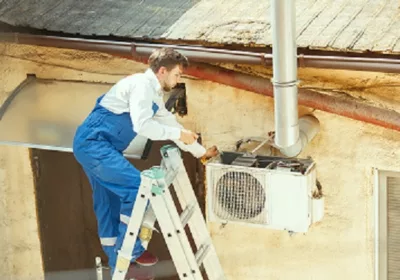
Blown In Insulation vs. Spray In Foam Insulation
People today are gradually opting for alternatives for every service, which is causing harm to the environment adversely. Increased global warming level has leveled the climate’s heat, forcing individuals to depend entirely on the cooling devices during scorching summers. Harmful greenhouse gases are released into the environment in great quantity due to human activities.
One great way to reduce energy consumption is to adopt and implement technologies and changed human behavior. The insulation technology in residential and commercial buildings can reduce the level of greenhouse gases in the environment.
There are different methods for spraying various blown insulation methods into your home’s walls, attics, and floors.
Blown-In Insulation
Blown-in insulation materials compete in the insulation industry to provide better performance per square inch and the least amount of settling over time. It is blown or sprayed into wall cavities, attics, and floors. Methods vary depending on the form of insulation selected.
People today get their entire house insulated to enhance their comfort and safety along with improved health Benefits. However, they ignore some of their home’s most important areas, like the garage and basements. You completely forget that basements and garages are directly connected and share their walls with some of the other rooms in the house. You might feel extremely hot during the summers, even after perfectly insulating your attic of the roof.
To reduce energy consumption, you need to get your house or commercial building properly insulated without leaving any chance for the outer air to reach inside. Once the air is sealed and insulates, your basement will no longer freeze in the winters like outside’s temperature. The more stable and consistent the weather is in your basement, the more comfortable the temperature will be throughout the house.
Loose-Fill Fiberglass
Fiberglass is formed from glass that has been blown or spun into fibers in its loose-fill form. A blowing machine is used to install it. Loose-fill fiberglass is suitable for attics and wall cavities, and it can resist mildew, fungus, and moisture, which are frequent insulation adversaries. These netting spaces are filled with fire-resistant, odorless, chemical-free fiberglass. They have an R-value of 4.2 per inch (the R-value is a measurement of the effectiveness of insulation). A conventional loose-fill blow-in fiberglass, on the other hand, has an R-value of 3.2 per inch. These installations are ideal for one-of-a-kind tasks and unusual ceiling configurations.
Cellulose
Blow-in cellulose insulation has been used since the 1920s and is made primarily of recycled or recovered newsprint and corrugated cardboard that has been treated with a fire retardant. In residential applications, three types of blow-in cellulose insulation are used: loose fill, stabilized, and wall-cavity spray.
Spray-In Foam Insulation
Polyurethane foam sprayed in or sprayed on expands to cover fractures and cavities, forming a tight-fitting barrier. The most significant benefit of Foam is that it nearly eliminates air infiltration. In most situations, the Foam is mixed on-site and installed by qualified professionals. Spray-on Foam is a popular choice, although it needs more advanced training. Attics, ceilings, walls, and floors are all places where spray foam is used. It swells to 100 times its original volume when applied to fill cracks and gaps. It also keeps some flexibility as the house gets older.
With an R-value of 3.6 per inch, Foam can provide the highest R-value per inch of the three types of insulation outlined, depending on the product utilized. We use an expanding foam in the closed-cell application that has an R-value of 6.5 per inch. It is a very effective air barrier. This type of insulation is considered an added home value in most home markets that will pay back over time and the home’s sale. A properly insulated house prevents air leakage and does not allow heat to transfer through the wall.
\By protecting your basement from the outside, you cut off all the space for heat to escape. Further, this helps maintain a stable and desired temperature inside the house, which boosts comfort, cuts down energy consumption, and reduces utility bills in every climatic condition. There are limited numbers of professional contractors who provide a solution for blown-in insulation, and nearby regions. Do excellent market research and assess your requirements before scouting for professional assistance.
















